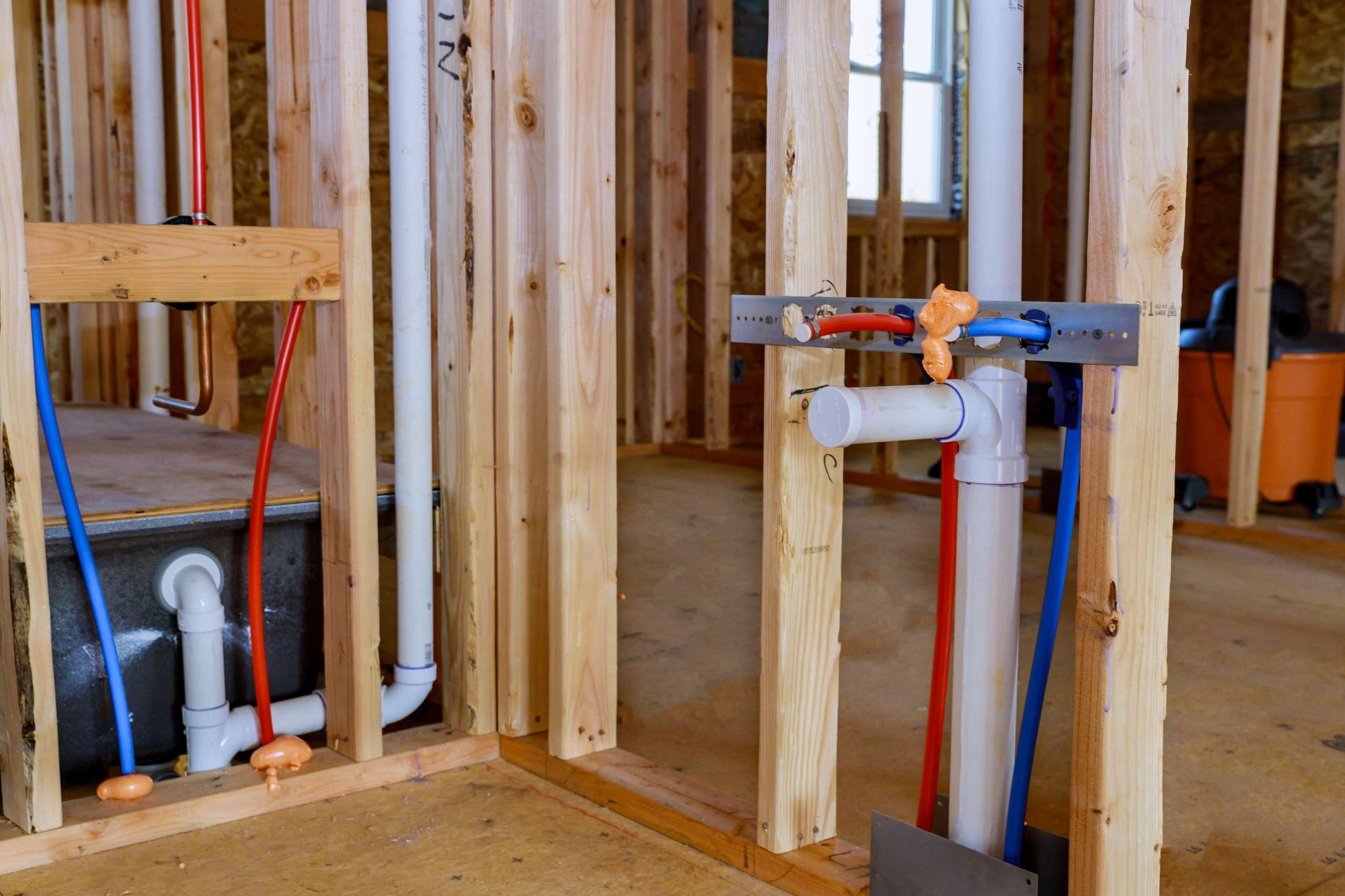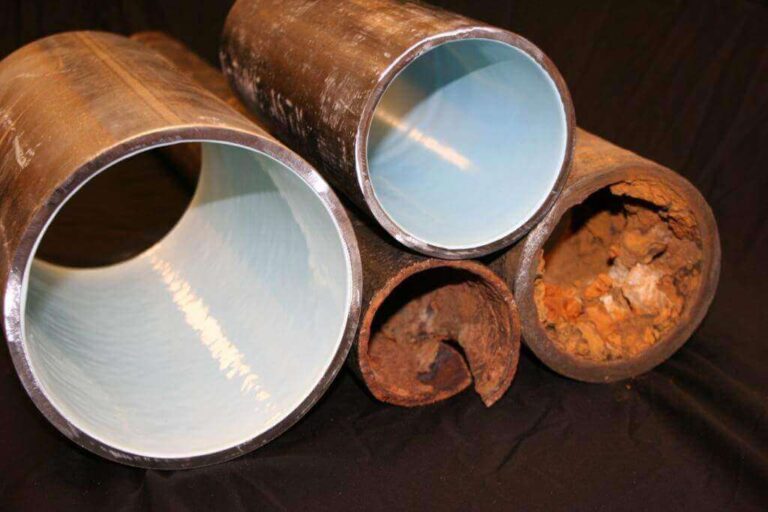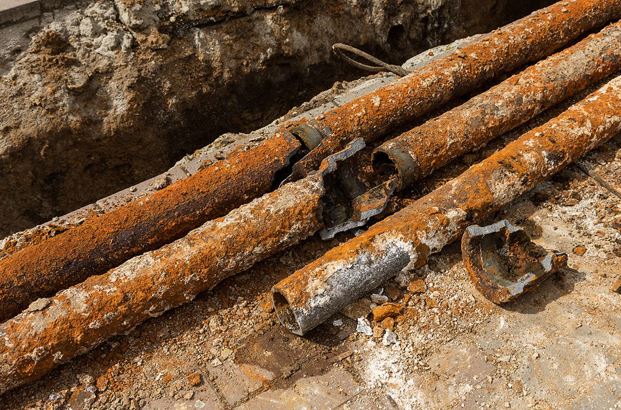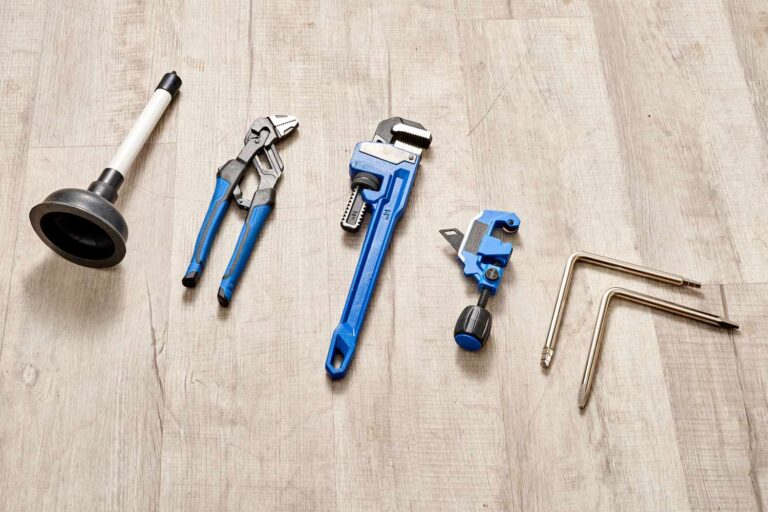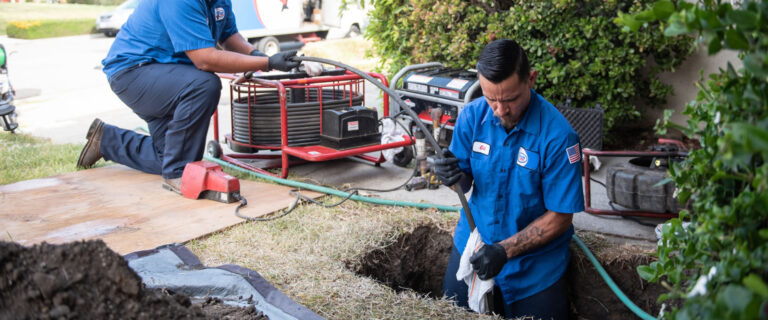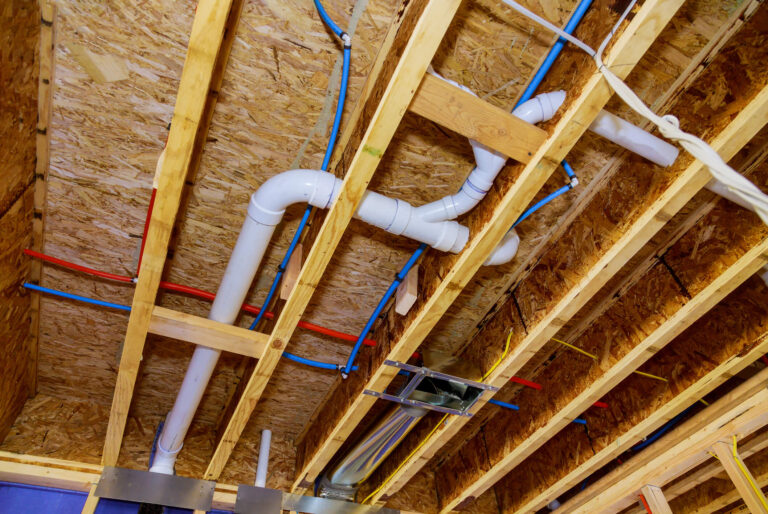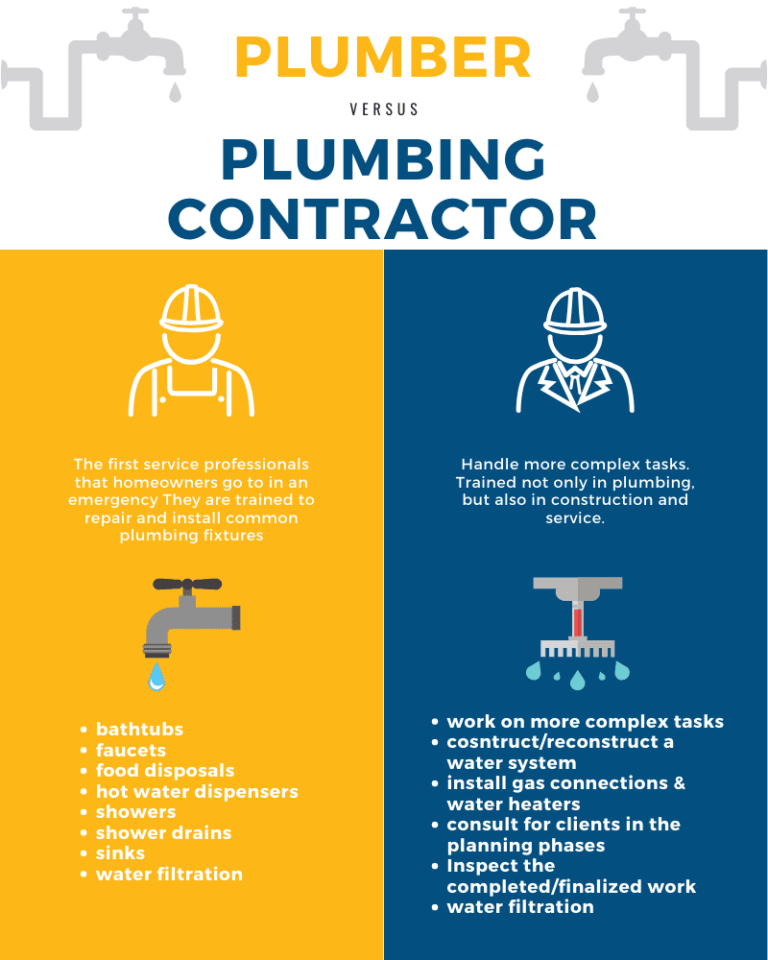What Is Rough Plumbing?
Rough plumbing is a term used to describe the initial stage of installing plumbing in a new construction or remodel. It is the installation of the major pipes, fixtures, and valves necessary to provide water to the home and to remove wastewater. This includes the water supply lines, drain lines, and the vent stacks that allow air into the plumbing system. It is usually done before the walls are closed up and before any of the finishing work, such as tiling, is done. Rough plumbing is highly specialized work and should be done by a professional plumber.
Definition of Rough Plumbing
Rough plumbing, also known as rough-in plumbing, is the stage in the construction of a building when the plumbing is installed. This includes the installation of the pipes and fittings that will eventually carry water, gas, and other materials to and from the building. Rough plumbing does not include the installation of fixtures such as sinks, toilets, and showers, which is done in the final stage known as finish plumbing. Rough plumbing is a crucial step in the construction process and must be done with precision and accuracy to ensure a safe and functional plumbing system.
Benefits of Rough Plumbing
Rough plumbing is an essential part of any building, providing the foundation for the indoor plumbing system as well as other water-related fixtures. By taking the time to properly install and maintain the rough plumbing, you can save yourself both time and money in the long run. Benefits of rough plumbing include improved water pressure, increased water flow, reduced risk of water damage, and improved energy efficiency. Additionally, with proper installation, you can also cut down on plumbing maintenance and repairs, as well as reduce the possibility of plumbing-related health risks. Investing in quality rough plumbing is well worth the time and effort, as it can save you a lot of money in the long run.
Types of Rough Plumbing
Rough plumbing is the initial stage of the plumbing installation process, which lays out all of the pipes and fixtures before the final finishes are applied. There are several types of rough plumbing that can be used, each of which has its own advantages and disadvantages. These include copper, PVC, PEX, and other types of plastic piping. Copper is the traditional choice for plumbing, and it is highly durable and resistant to corrosion. PVC is a cost-effective alternative that is easy to handle and install, while PEX is a flexible tubing that is gaining popularity for its ease of installation and its resistance to freezing. Depending on the specific application, one of these types of rough plumbing may be the best choice for a successful installation.

Preparation for Rough Plumbing
Rough plumbing is a critical step in the installation of a plumbing system. It involves connecting the pipes and fixtures that will allow water and waste to flow between the different parts of the plumbing system. Preparation for rough plumbing requires careful planning and consideration of factors such as the type of pipes, fittings, and fixtures to be installed, the layout of the system, and local codes and regulations. It is important to consult with a plumber or plumbing contractor to ensure that the rough plumbing is properly installed and meets all safety and performance requirements. With proper preparation and installation, rough plumbing can provide a home or business with reliable and efficient plumbing for years to come.
Cost Considerations for Rough Plumbing
Cost considerations for rough plumbing can be complex, as there are a variety of factors that influence the overall cost. These include the type and age of the plumbing fixtures, the quality of the plumbing materials, the size and complexity of the piping, the cost of labor, and local regulations. When planning a rough plumbing project, it is important to consider these factors to ensure the project is completed on time and on budget. By taking the time to research the different options and assessing the associated costs, homeowners can ensure they make an informed decision when selecting the best option for their home and budget.
Common Mistakes to Avoid with Rough Plumbing
Rough plumbing is a crucial part of any home or commercial project. However, it can be easy to make mistakes that lead to costly repairs and time-consuming fixes. To ensure a successful project, here are some common mistakes to avoid when dealing with rough plumbing:
1. Not planning ahead – Make sure to plan out the project before beginning and to use the correct materials and tools for the job.
2. Not following local codes – Always research and abide by local plumbing codes and regulations.
3. Poor installation – Improper installation of plumbing fixtures can lead to costly repairs down the road.
4. Using the wrong size fittings – Make sure to use the correct size fittings to ensure a secure connection.
5. Not testing for leaks – Make sure to perform a thorough check for any leaks after installation of the plumbing system.
By avoiding these common mistakes, you can ensure that your rough plumbing project is completed safely and efficiently.
FAQs About the What Is Rough Plumbing?
Q: What is rough plumbing?
A: Rough plumbing is the initial installation of pipes and fixtures before the installation of walls and finishes. This includes the installation of the water supply lines, drain lines, vent lines, and other necessary plumbing components.
Q: What is included in rough plumbing?
A: Rough plumbing includes the installation of the water supply lines, drain lines, vent lines, and other necessary plumbing components. This does not include the installation of fixtures, such as toilets, sinks, and showers.
Q: What is the difference between rough plumbing and finished plumbing?
A: Rough plumbing focuses on the installation of pipes and other plumbing components, while finished plumbing includes the installation of fixtures, such as toilets, sinks, and showers. Finished plumbing also includes any necessary repairs or replacements to the plumbing system.
Conclusion
Rough plumbing is an essential part of any construction project. It involves the installation of the basic plumbing infrastructure, such as water supply and drainage pipes, as well as the fixtures like faucets, showers, and toilets. It is the first step in the plumbing process and must be done correctly to ensure the overall success of the project. Rough plumbing is not a job for the inexperienced or the faint of heart, and most plumbers recommend that the job be left to a professional. It can be a time-consuming process, but when done correctly, it will ensure that the entire plumbing system is functioning properly and safely.

